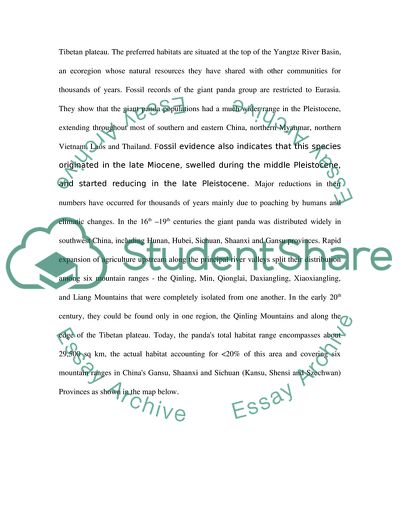Cite this document
(The Giant Panda Term Paper Example | Topics and Well Written Essays - 1250 words, n.d.)
The Giant Panda Term Paper Example | Topics and Well Written Essays - 1250 words. https://studentshare.org/environmental-studies/1722530-research-paper-on-giant-panda
The Giant Panda Term Paper Example | Topics and Well Written Essays - 1250 words. https://studentshare.org/environmental-studies/1722530-research-paper-on-giant-panda
(The Giant Panda Term Paper Example | Topics and Well Written Essays - 1250 Words)
The Giant Panda Term Paper Example | Topics and Well Written Essays - 1250 Words. https://studentshare.org/environmental-studies/1722530-research-paper-on-giant-panda.
The Giant Panda Term Paper Example | Topics and Well Written Essays - 1250 Words. https://studentshare.org/environmental-studies/1722530-research-paper-on-giant-panda.
“The Giant Panda Term Paper Example | Topics and Well Written Essays - 1250 Words”. https://studentshare.org/environmental-studies/1722530-research-paper-on-giant-panda.


